Tag Archives: Canned Tuna
Bluefin Tuna Get Busy Off North Carolina – Inside the $40 billion tuna industry
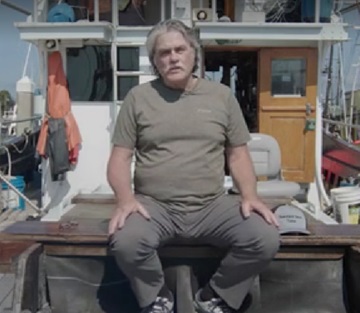 In November 1981, a fleet of briefcase-toting lobbyists, scientists and political negotiators gathered in sunny Tenerife, Spain, to decide the fate of Atlantic bluefin tuna. During the meeting in Tenerife, the American delegation to the International Commission for the Conservation of Atlantic Tunas proposed a disarmingly simple solution: they would draw a line down the middle of the Atlantic Ocean and split the bluefin into two separate stocks. The proposal passed and, eventually, for a variety of reasons, Atlantic bluefin tuna did bounce back. – Inside the $40 billion tuna industry – Once a staple in American homes, canned tuna consumption dropped 45.7% between 2000 and 2021. That is mainly due to changing consumer preferences, sustainability concerns, market consolidation and a major price-fixing scandal between Bumble Bee and StarKist that lasted nearly a decade. Despite this, in 2020, the U.S. remained the top importer. The industry, largely controlled by conglomerates such as Thai Union Group, saw a pandemic-driven demand spike in 2020, but that has since declined. Video, >>click to read<< 16:20
In November 1981, a fleet of briefcase-toting lobbyists, scientists and political negotiators gathered in sunny Tenerife, Spain, to decide the fate of Atlantic bluefin tuna. During the meeting in Tenerife, the American delegation to the International Commission for the Conservation of Atlantic Tunas proposed a disarmingly simple solution: they would draw a line down the middle of the Atlantic Ocean and split the bluefin into two separate stocks. The proposal passed and, eventually, for a variety of reasons, Atlantic bluefin tuna did bounce back. – Inside the $40 billion tuna industry – Once a staple in American homes, canned tuna consumption dropped 45.7% between 2000 and 2021. That is mainly due to changing consumer preferences, sustainability concerns, market consolidation and a major price-fixing scandal between Bumble Bee and StarKist that lasted nearly a decade. Despite this, in 2020, the U.S. remained the top importer. The industry, largely controlled by conglomerates such as Thai Union Group, saw a pandemic-driven demand spike in 2020, but that has since declined. Video, >>click to read<< 16:20
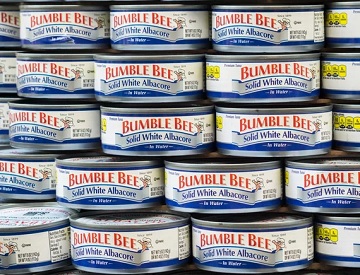
The Untold Truth Of Bumble Bee Tuna
If you’re curious about the history of this thoroughly American product, grab your life vests and Dramamine pills, and set sail with us to discover the untold truth of Bumble Bee Tuna. Have you ever considered the origins of a seemingly always-available product, like Bumble Bee Tuna? Well, if you’ve ever wondered about this tuna industry giant’s history, you may be surprised to learn that when a group of commercial fishing companies joined forces to form the original company, it wasn’t under the name Bumble Bee Tuna, it was known as the Columbia River Packers Association. Founded in Astoria, Oregon in 1899, where its headquarters remained for the next 81 years, the CRPA was a collective formed by A.B. Hammond, who hoped this conglomeration of seven commercial fishing companies would boost the group’s business prowess. >click to read< 13:19
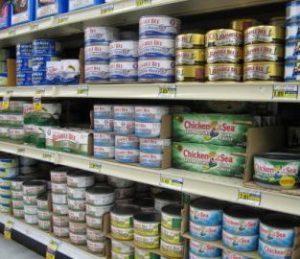
Coronavirus: As Canned Tuna Fly Off Shelves, Operations of US Boats Are Compromised
Consumers bracing against Covid-19 have raised demands not only for health and safety products but also for many food staples, including tuna. StarKist Samoa, located in the US Territory of American Samoa, supplies tuna for the US market. “The StarKist Samoa operation relies on the US tuna fishermen, and direct fish deliveries to the cannery are a major component of our business model,” said StarKist Samoa in a statement today. “We have seen an increase in sales that has been attributed to the Covid-19 impact, and we are doing our best to keep up with the demand. >click to read< 10:35
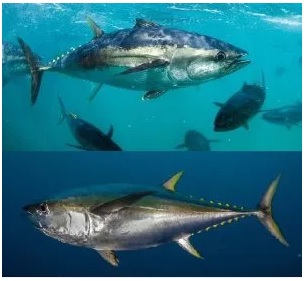
The difference between Blue and Yellow (Fin Tuna)
From Humdrum to Gourmet: There was a time when eating tuna fish was not considered a gourmet experience. Canned tuna was a standard luncheon selection for school children and weekend casseroles. Demand for tuna was small: In 1950, the worldwide catch totaled 660,000 tons (approximately); today the desire has increased geometrically, and the world catch recently reached an excess of 7 million tons. From Trash to Treasure In the 1970s, Bluefin tuna was considered trash fish. It was used in cat food and sport fishermen paid to have it hauled off their boats. In the mid-1990s the reputation for Bluefin tuna in Japan was so bad that it was referred to as neko-matagi, food too low for even a cat to eat. Today it is the most expensive fish in the sea. >click to read<09:34
Tuna producers up to something fishy as they face conspiracy allegations
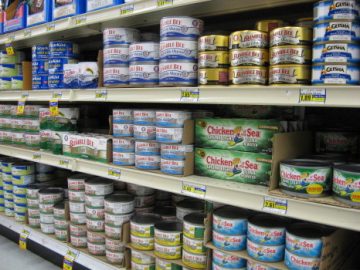 Executives of the most popular tuna brands in the U.S. — Chicken of the Sea, Bumble Bee and StarKist — conspired regularly to keep prices high for consumers with a taste for one of America’s favourite sandwich ingredients, according to criminal and civil court records updated this week. A typical can of tuna today costs about $1.50 and the U.S. Department of Justice says that price may be the result of price fixing by Thai, South Korean and U.S. seafood dealers, while major retailers are suing alleging they’ve been ripped off. The U.S. government began investigating criminal price fixing between the three companies more than two years ago. Together the companies supply about 80 per cent of the $1.7 billion of canned tuna sold annually in the United States, according to the court records. Following up, Walmart and other top retailers filed civil lawsuits. Click here to read the story 17:14
Executives of the most popular tuna brands in the U.S. — Chicken of the Sea, Bumble Bee and StarKist — conspired regularly to keep prices high for consumers with a taste for one of America’s favourite sandwich ingredients, according to criminal and civil court records updated this week. A typical can of tuna today costs about $1.50 and the U.S. Department of Justice says that price may be the result of price fixing by Thai, South Korean and U.S. seafood dealers, while major retailers are suing alleging they’ve been ripped off. The U.S. government began investigating criminal price fixing between the three companies more than two years ago. Together the companies supply about 80 per cent of the $1.7 billion of canned tuna sold annually in the United States, according to the court records. Following up, Walmart and other top retailers filed civil lawsuits. Click here to read the story 17:14
U.S. tuna fishing fleet to be shut out of vast area of Pacific Ocean in fee dispute
The U.S. tuna fishing fleet, which helps feed San Diego’s storied tuna industry, is fighting for business survival thousands of miles from home. By New Year’s Day, the entire fleet of 37 boats will effectively be cut out of a vast area of the Pacific Ocean — source of 60% of the nation’s canned tuna — because of a high-stakes dispute over how much they will pay to fish there. Stateside companies, including several with ties to Southern California, say the conflict will not just hurt or destroy businesses, but also raise sustainability concerns for American consumers. Read the article here 12:52
Another Greenpeace Publicity Stunt! How’s your tuna ranked?
 There are lists for everything nowadays — and Greenpeace has a doozy for environmentally-conscious canned tuna lovers. The activist group on Monday released a ranking of 14 brands that examines “fundamental sustainability standards.” It found that three of the most popular brands, representing 80% of the American tuna mark, among the worst offenders: Bumble Bee, Chicken of the Sea and StarKist. Read the rest here 09:43
There are lists for everything nowadays — and Greenpeace has a doozy for environmentally-conscious canned tuna lovers. The activist group on Monday released a ranking of 14 brands that examines “fundamental sustainability standards.” It found that three of the most popular brands, representing 80% of the American tuna mark, among the worst offenders: Bumble Bee, Chicken of the Sea and StarKist. Read the rest here 09:43
American Samoa: Loss of tuna treaty will hurt canneries
National Fisheries Institute – Top Ten List, a Familiar School of Fish
10 Most Popular Make up More than 90% of the Fish Eaten
Washington, DC – September 24, 2012 – From Canned Tuna to Cod the top ten most consumed seafood items by Americans are a very familiar group that feeds a growing market.
The federal government recently reported that the overall seafood volume was 4,650,000,000 pounds. The data also showed American seafood companies exported a record 3.3 billion pounds valued at $5.4 billion.
http://www.aboutseafood.com/press/press-releases/nfi-top-ten-list-familiar-school-fish













































